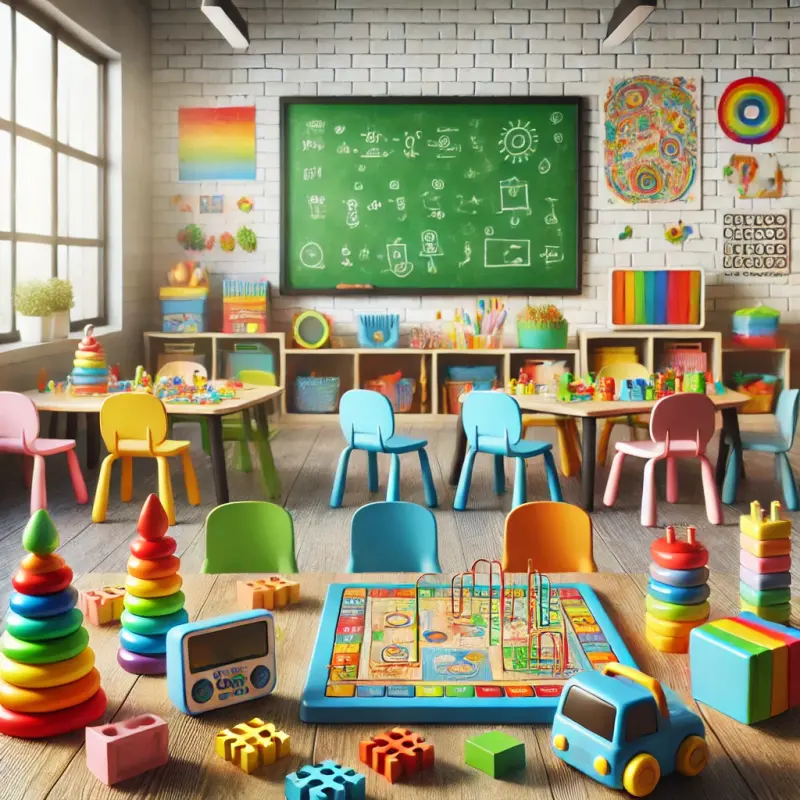The educational landscape for young children is continually evolving, with increasing emphasis on integrating interactive methods into learning processes. These methods not only foster an engaging and enjoyable environment but are crucial in nurturing essential skills and competencies from a young age. This article delves into how educators and parents can adapt educational strategies to suit the developmental needs and interests of young learners.
Interactive learning encompasses a variety of strategies and tools that promote active participation and hands-on experience, which are vital for the cognitive and social development of young children. By moving away from traditional lecture-based methods and embracing more dynamic approaches, educators can create a learning environment that is not only educational but also exciting and stimulating for children.
The Importance of Interactive Learning
Interactive learning strategies are beneficial because they encourage children to engage directly with materials, peers, and instructors in a way that stimulates curiosity and fosters deeper understanding. These methods include but are not limited to, role-playing, the use of educational toys, interactive digital platforms, and collaborative projects. Each of these approaches offers unique benefits and can be adapted to various educational settings.
One of the cornerstones of interactive learning is the use of educational toys and tools that are designed to enhance learning through play. For instance, building blocks and puzzles not only keep children engaged but also help them develop spatial reasoning and problem-solving skills. Similarly, age-appropriate digital devices that offer interactive educational programs can enhance learning by providing visual and auditory stimuli that help children process information more effectively.
Tailoring Education to Developmental Stages
Understanding the developmental stages of young children is crucial in adapting educational processes effectively. Early childhood education should focus on developing fine motor skills, language acquisition, and emotional intelligence. Activities that promote these skills include arts and crafts, story-telling sessions, and interactive games that require children to express their thoughts and feelings.
As children grow, the complexity of interactive methods can increase to include more structured learning activities. These activities might involve teamwork through group projects, which help in developing communication skills and the ability to work collaboratively. Additionally, introducing children to technology through supervised use of educational apps can boost their digital literacy and prepare them for the increasingly digital world.
Creating a Stimulating Learning Environment
The physical learning environment plays a significant role in how effectively children can engage with interactive methods. Classrooms should be designed to be bright and welcoming spaces that are conducive to learning. This includes having a variety of sensory materials available, such as tactile mats, visual aids, and audio resources, which can be used flexibly to cater to the needs of individual students.
